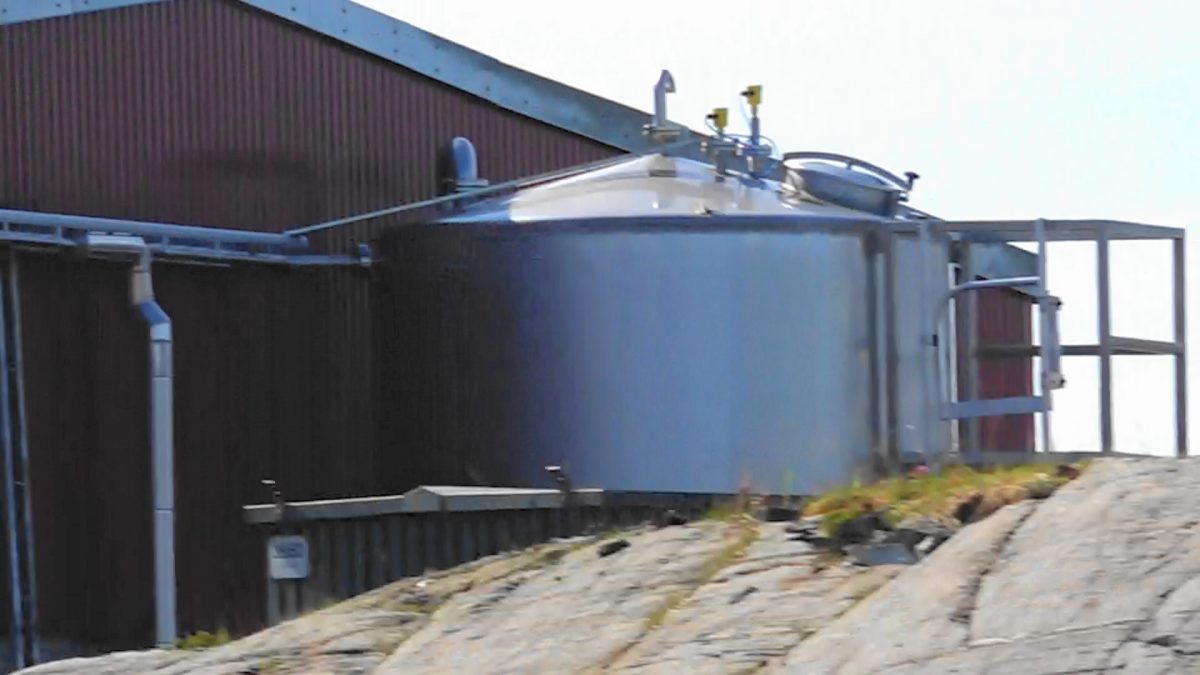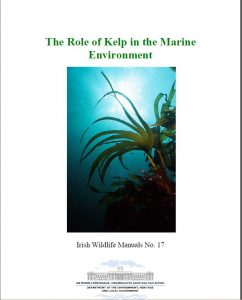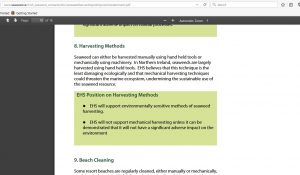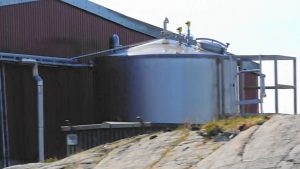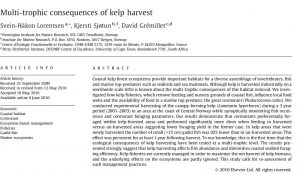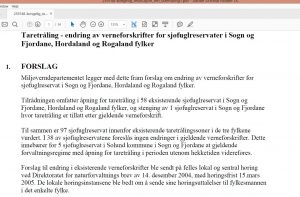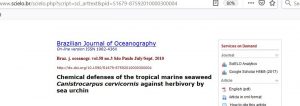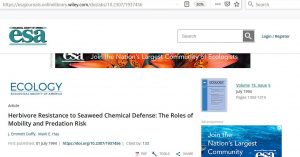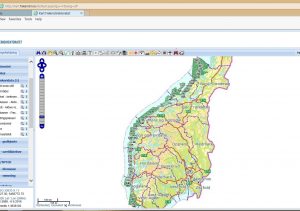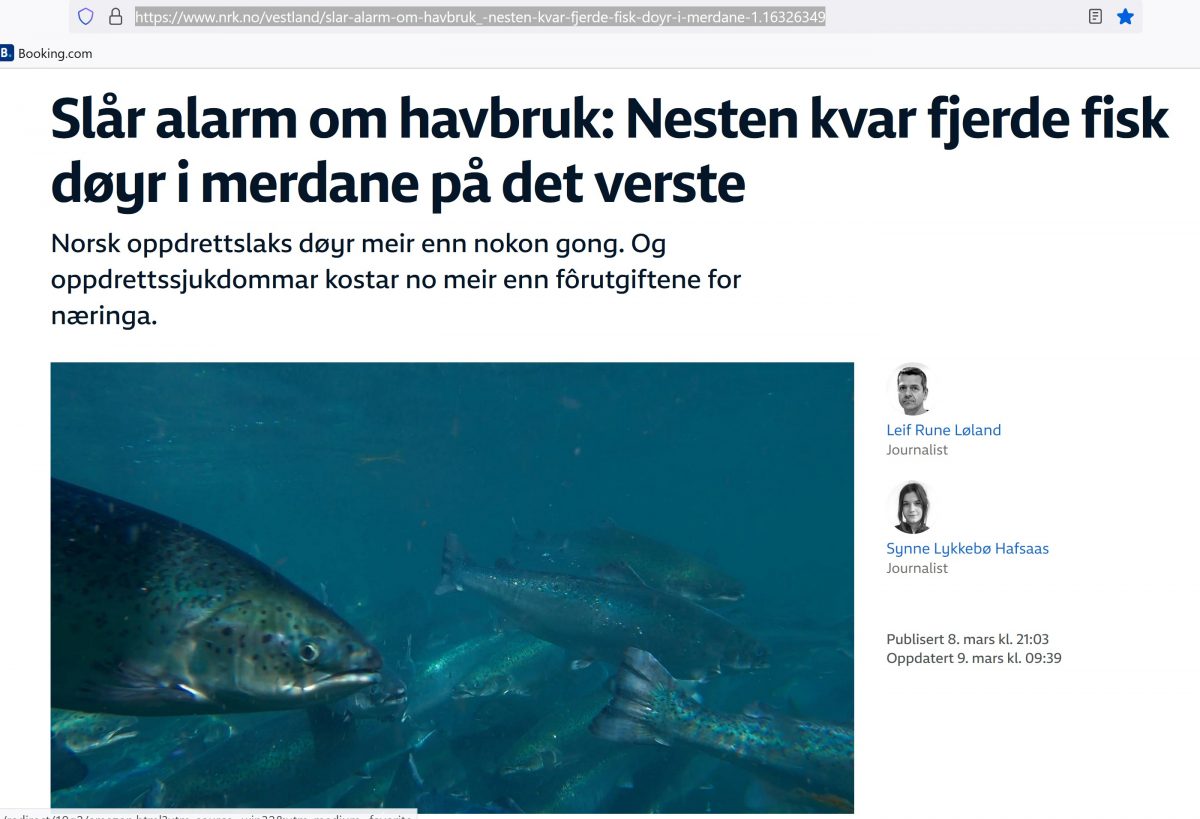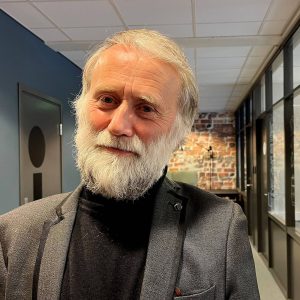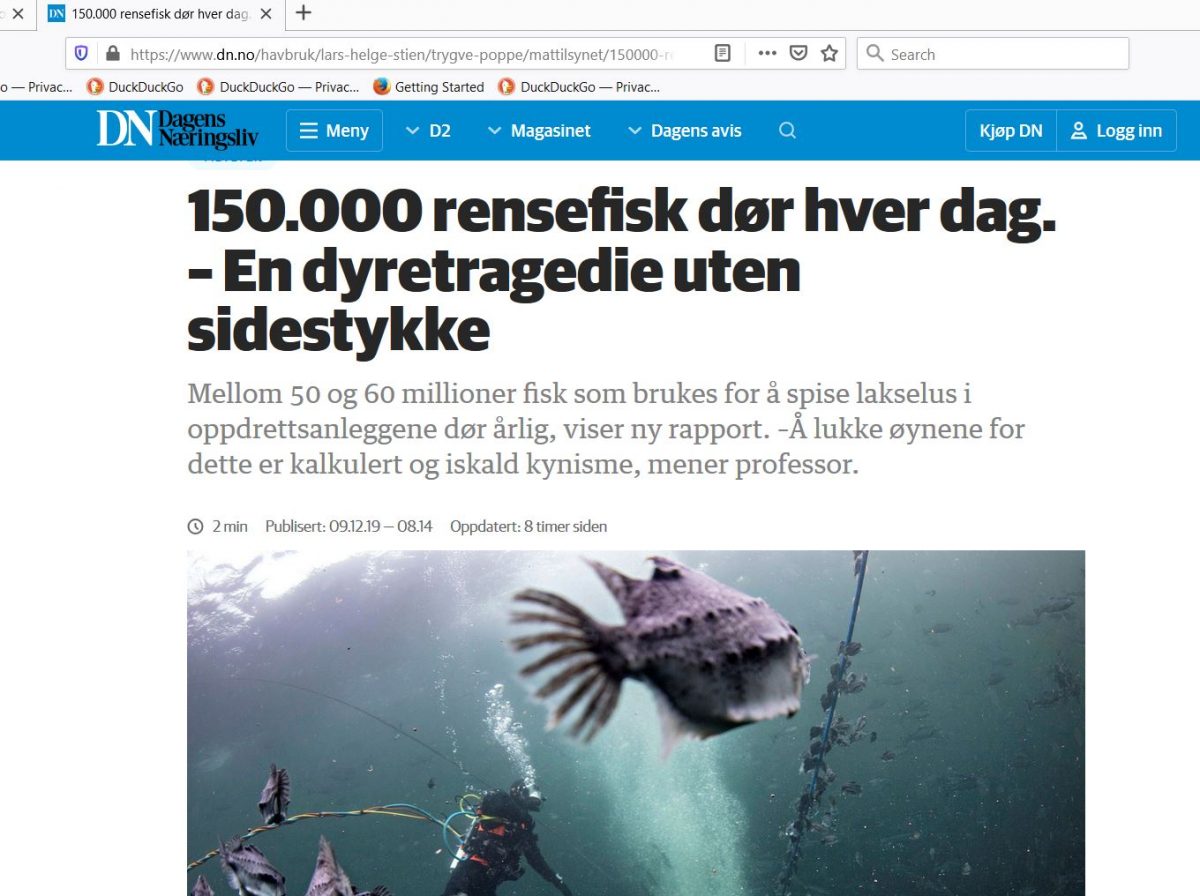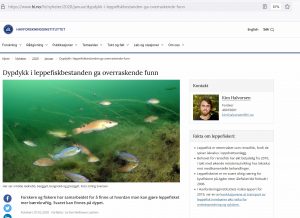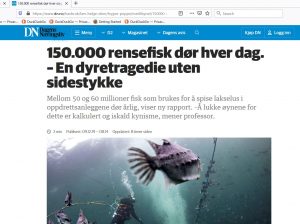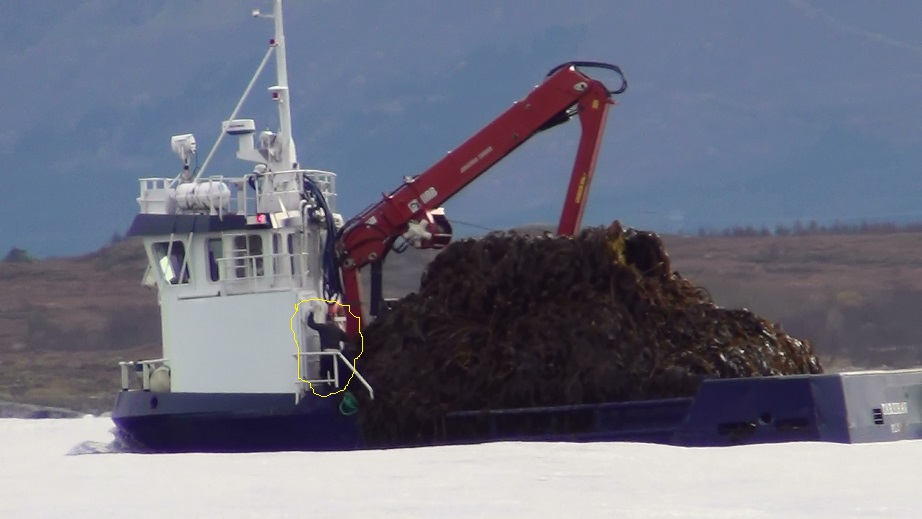The Truth about Fluoro chemicals Taretråling and Dupont.
We all have used fluorine based chemicals.
They cover our frying pans, our clothes,shoes, and are in every walk of life.
Names like Gor tex, Teflon, Tefal. It is even used on dental floss by such companies as Jordan
The most commonly used is called polytetrafleuroethaline P.T.F.E.
Hidden beneath is a mountain of evidence showing how harmful and dangerous these substances are.
The most outrageous thing is that we have been fooled into using PTFE in situations where it is heated – very few know that if PTFE is overheated it gives off a gas which is in section 2 of the chemical weapons register – it is well known however in the skiing and electronics industry and has been banned, but not yet on cookware. (Perhaps because the income is so enormous?)
The gas is called PERFLEUROISOBUTENE (P.F.I.B.)
The way with which we have been duped is sickening, especially as PTFE is also used in firefighting and on firemens uniforms
These chemicals were introduced by Dupont company.
In the last 20 years research has shown that these chemicals are in our drinking water, rain water, plants, trees and foods In fact 98% of those tested also have it in their blood.
Dupont knew that the chemicals were deadly and caused numerous illnesses and disease – here is an extract from an article by Dr Mercola
The attorney further found documentation showing that for four decades, 3M and DuPont had conducted secret medical studies, revealing potential health problems in rats and rabbits as early as 1961. Thus far, more than 3,500 individuals have sued DuPont for damages.
A panel of scientists convened to determine the chemicals’ effect on human health, resulting in more than three dozen peer-reviewed papers finding PFOA chemicals are linked to ulcerative colitis, pregnancy-induced hypertension, thyroid disease and testicular and kidney cancers.13
Weight Management Efforts Impacted by Your Choice of Cookware
While those living in the Ohio Valley suffer an increased risk of these health conditions, levels of PFOAs in your tap water, stain-repellent clothing and furniture, and absorbed from your nonstick pans may be enough to trigger weight management problems. A recent study linked perfluoroalkyl substances (PFAS), a close cousin to PFOAs, to weight gain and obesity.14 Previous studies have associated the chemicals with immune dysregulation, hormone disruption and cancers.
Dupont is involved primarily with defence, in fact it is so succesful that it has been forced to sell of some of its interests to avoid americas monopoly laws.
One of the other industries it is involved with is the destruction of our seaweed forests yes Dupont is a major player in TARETRÅLING.
Most are unconcerned about Taretråling because it is supposedly well regulated by the havsforskningsinstitut, and has been going on the Norwegian coast for over 60 years.
Having spent many years studying the industry and all it involves there are some serious questions which need answering.
Not least, why is Norways tareskog disappearing?
It cant be temperature because the seaweed forests in the uk are as normal – even in portugal.
Taretråling is conducted by dragging a 3 meter wide steel sled through the seaweed forest, this is connected to an enormously powerful specially constructed trawler.
This rips up the plants but damages and destroys 2 times more plants on average than are harvested.
This is from a Irish state paper.
the paper
This is what it says about Taretråling (mechanical seaweed harvesting with a trawler)
the paper goes on to say that many of the Norwegian scientific reports are biased in favour of the industry and so cannot be relied on.
It is interesting to note that an attempt to introduce taretråling in scotland was met by a massive protest. Even David Attenborough joined in with a letter to the times in protest.
Similarly a massive protest against harvesting in southern ireland – that has been stopped but is still going through the judicial system.
There is no question of taretråling in Northern ireland because of a study in 2007 which said this
Formalin tank at Smørholm
All the harvested Tare has to be sprayed with this, otherwise the deadly poisonous gas Hydrogen sulphide is released – the smell of which we all know from rotting seaweed.
This is also released in the sea. Many animals cannot tolerate the poison and so leave the area.
This paper written by Svein – Håkon Lauritzen among others makes a strong note.
This is of importance because gaddids – the cod fish family, eat seaurchins.
Some 2000 sq km of seaweed forests above Trondheim were found to have disappeared in 2000. The area had become a seafloor desert occupied by seaurchins.
Since this is the only paper detailing this we have found it is also safe to assume that other fish are also effected..
Worse still the Leppefisk industry for salmon farming is responsible for removing vast numbers of these fish – they also eat seaurchins.
As taretråling occurs in bird reserves and many of those birds rely on fish it is sensible to assume that the industry has led to a serious decline in numbers
It is important for people to know every accommodation is made for the tt by the state even allowing them acess to bird reserves in spite of the above.
Essentially it looks very much like the damaged stortare left behind is responsible for removing many of the major seaurchin predators by slowly releasing poisons.
During the lectures we have held with Dupont at the molde museum this was bought up.
Harald Bredahl for Dupont said not only had he never heard of defence chemicals in seaweeds but he discussed this with senior marine Biologist Henning Steen from the Havsforskningsinstitut who said he had never heard of this either.
Being well aware of the status of the 2 individuals concerned and the importance of the issue we found many papers on chemical defenses of seaweeds – this is most distressing as these people are responsible for the health of our coast.
We have been involved with trying to stop Taretråling for many years.
Having read many papers from N.I.N.A – Havsforskningsinstitut – and others they all have one thing in common – they say that the forests do not return to their former biodiversity for between 6 to 9 years. The harvesting cycle has been in many parts of Norway every 4th year
As the only deppo taking in seaweed for the Alginate industry is near Karmøy it is contrary for good business practice to transport raw material further than necessary, financially and environmentally. Therefore we must assume there is a good reason for this. The only one that comes to mind is that the seaweed forests on the coast of norway are too damaged to support the industry.
Map of Taretråling zones from the fiskeriedirektoratet.
We have had some successes with a prosecution for illegal fishing.
In 2018 and 19 we held lectures on TT in the molde museum and in 2020 we held a lecture on zoom about fleuro chemicals. Both were part of the Molde Clima festival.
We also produce brochures detailing the dangers of tt and fluoro chemicals.
films – they are currently on Youtube
It is quite clear that hidden truths about both Taretråling and the production and use of fleuro chemicals are showing signs of being discovered with articles in most of Norways daily papers and indeed the worlds press about the most significant and dangerous pollution ever.
Currently we are also engaged with writing a book and a play both of which are nearing completion.
We also run a website called stopptt.com.
We are BertramSømme and Friends.
